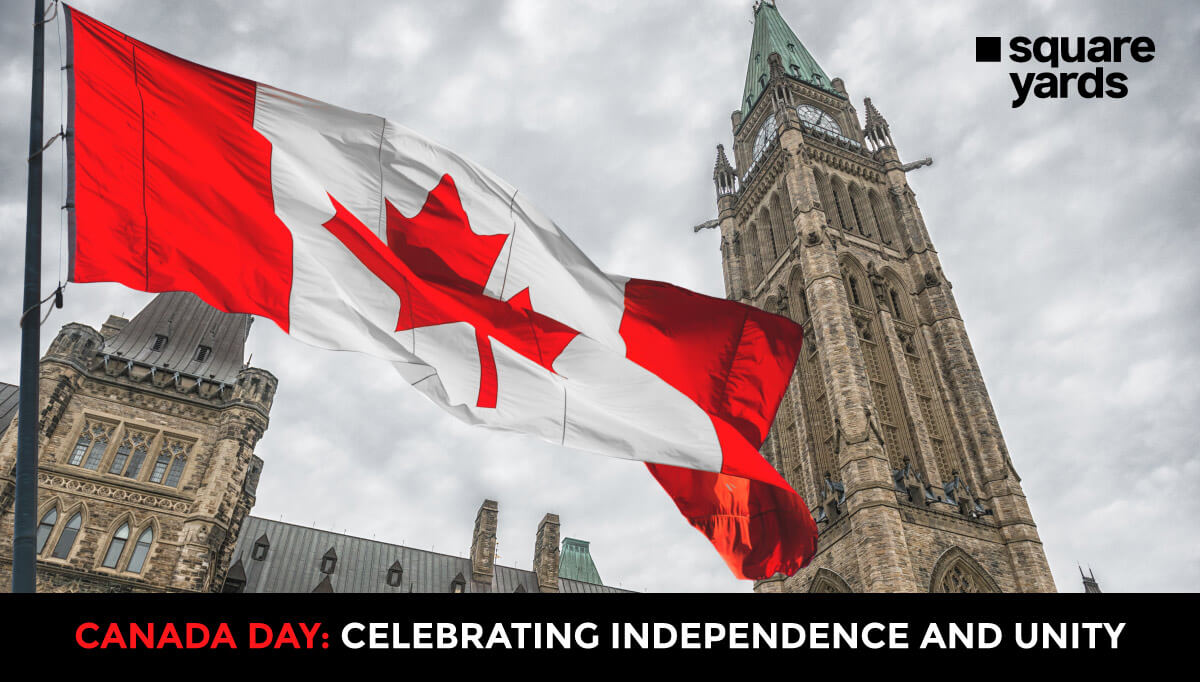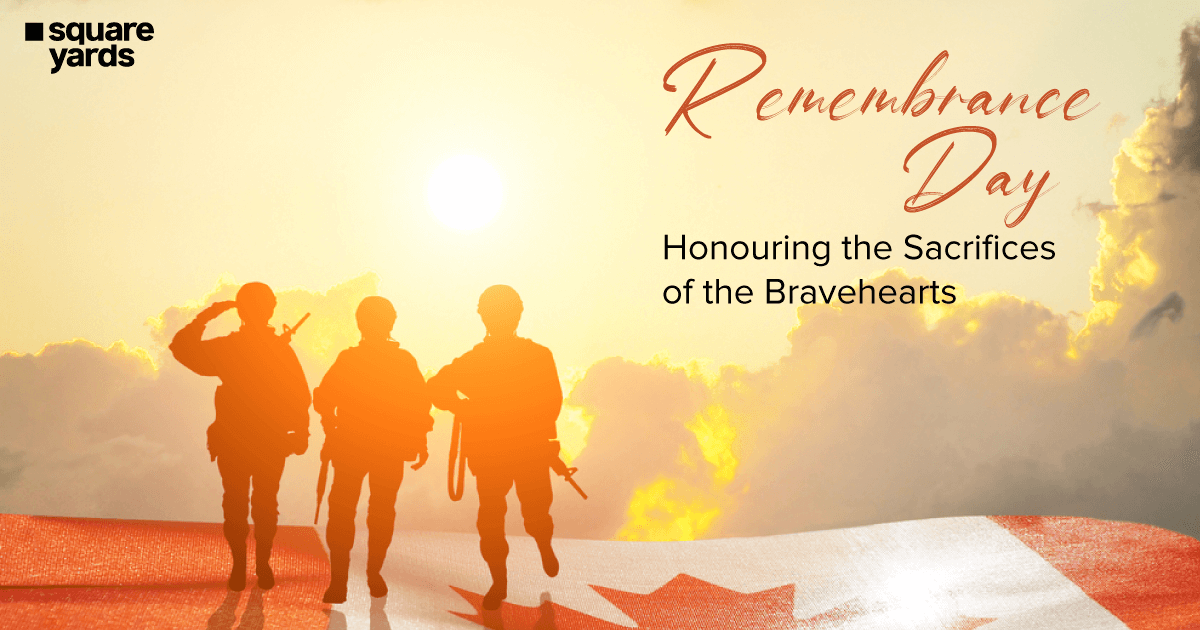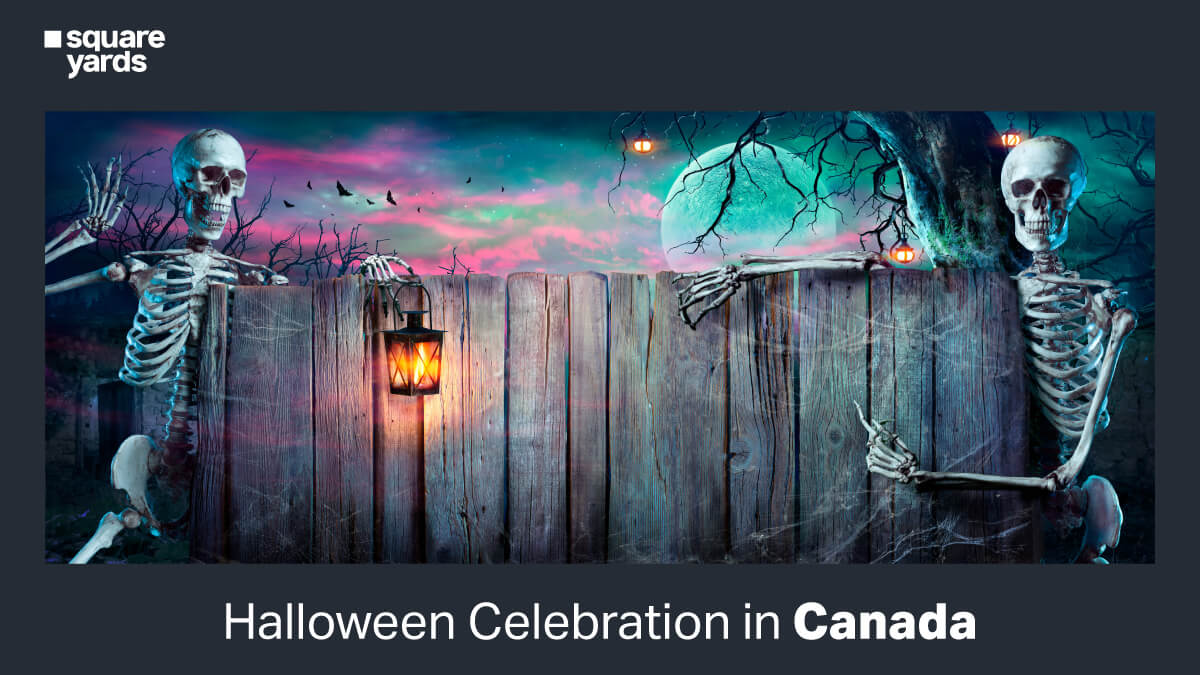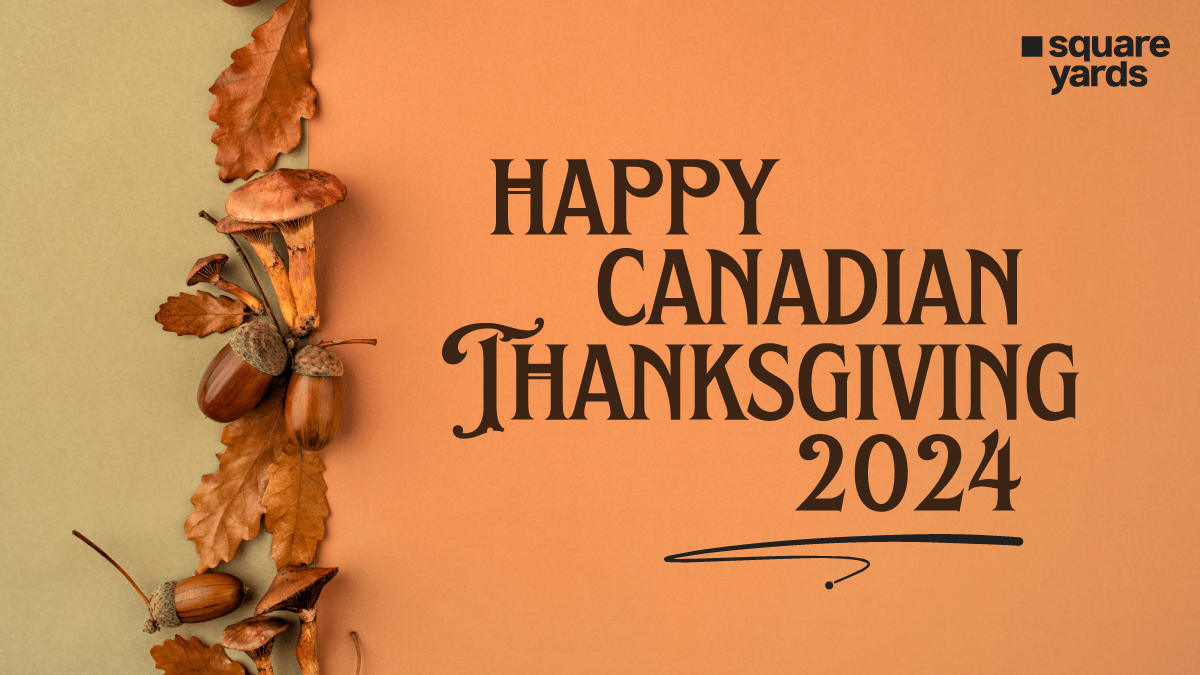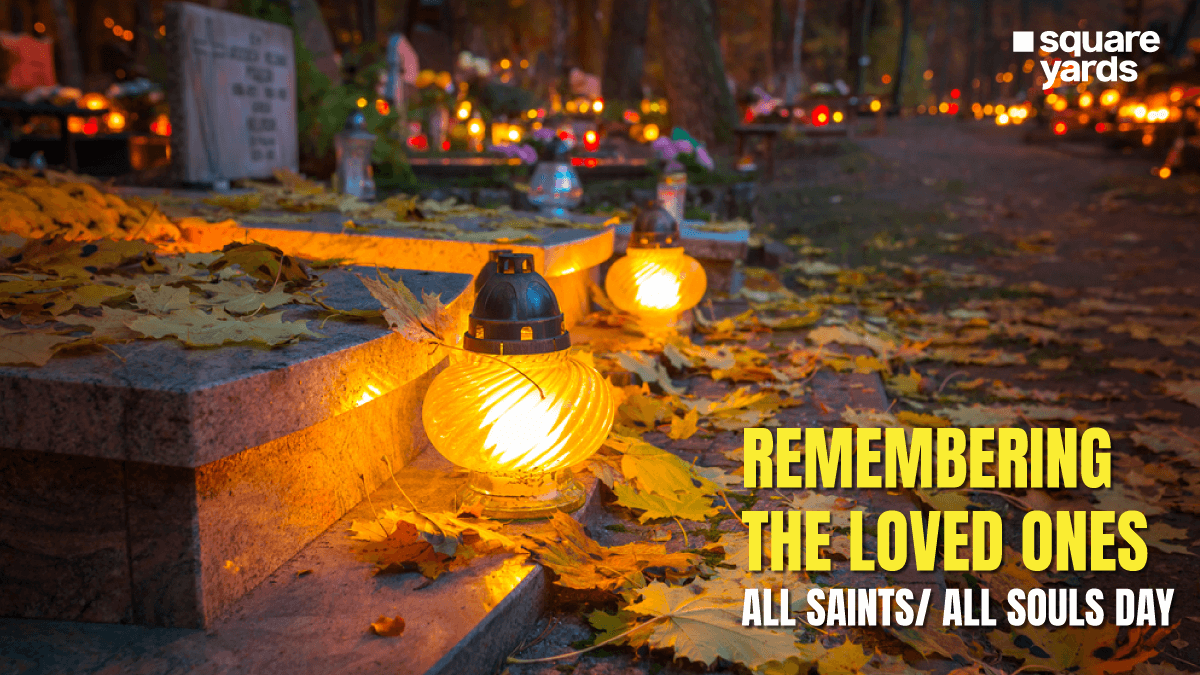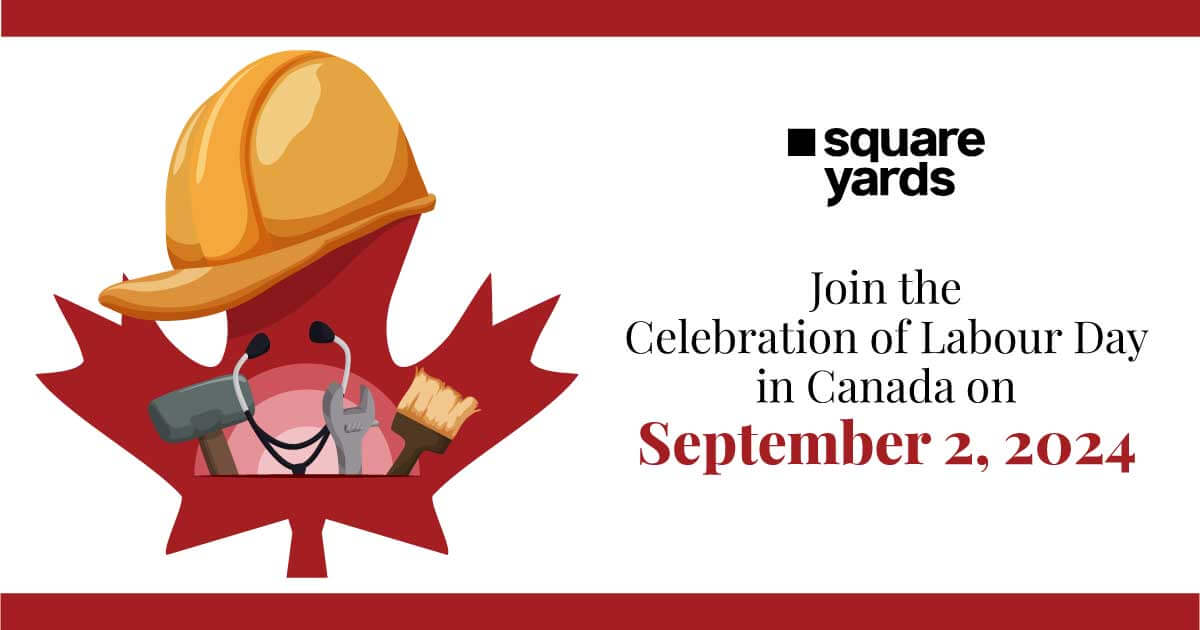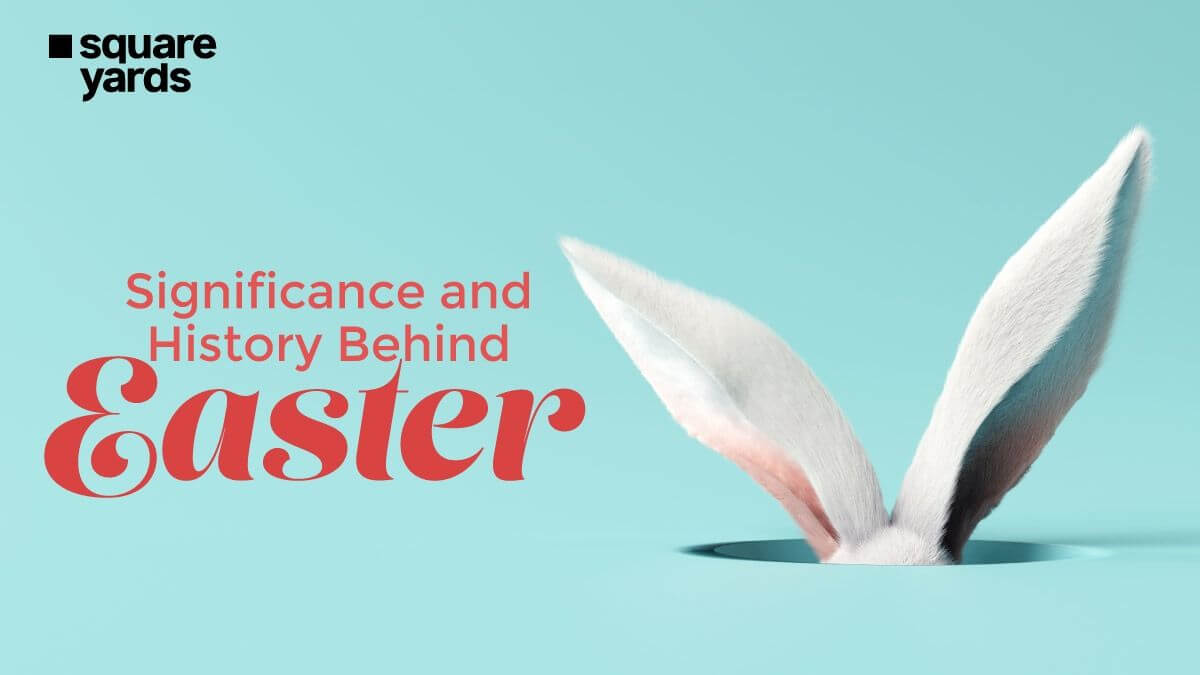Canada Day 2024 has been a day of celebration since 1868 across the nation. Many festivities are held on this day to showcase the pride of Canada through its history, culture, and achievements. Every year it is celebrated on July 1 and is a public holiday across Canada. Numerous events are organised in many towns and cities to celebrate Canada Day. Canada’s national flag is widely displayed, and the Canada Day celebrations, which are inclusive of parades, concerts, carnivals, firework displays and citizenship ceremonies for new Canadian citizens, have a patriotic mood.
The day honours the anniversary of the Constitution Act, which united the then-British territories into the single nation of Canada. Like every year, Canada Day 2024 will highlight Canadian ethnic, linguistic, cultural, and regional diversity and showcase Canada as a truly inclusive and outward-looking nation. Furthermore, this day marks the beginning of Canada History Week, encouraging citizens to learn more about their nation’s history and culture. People often visit museums, historical monuments, and memorials during History Week.
Let’s explore the history of Canada Day, its origins, and traditions, and discover how people celebrate this statutory holiday every year.
Captivating History of Canada Day 2024
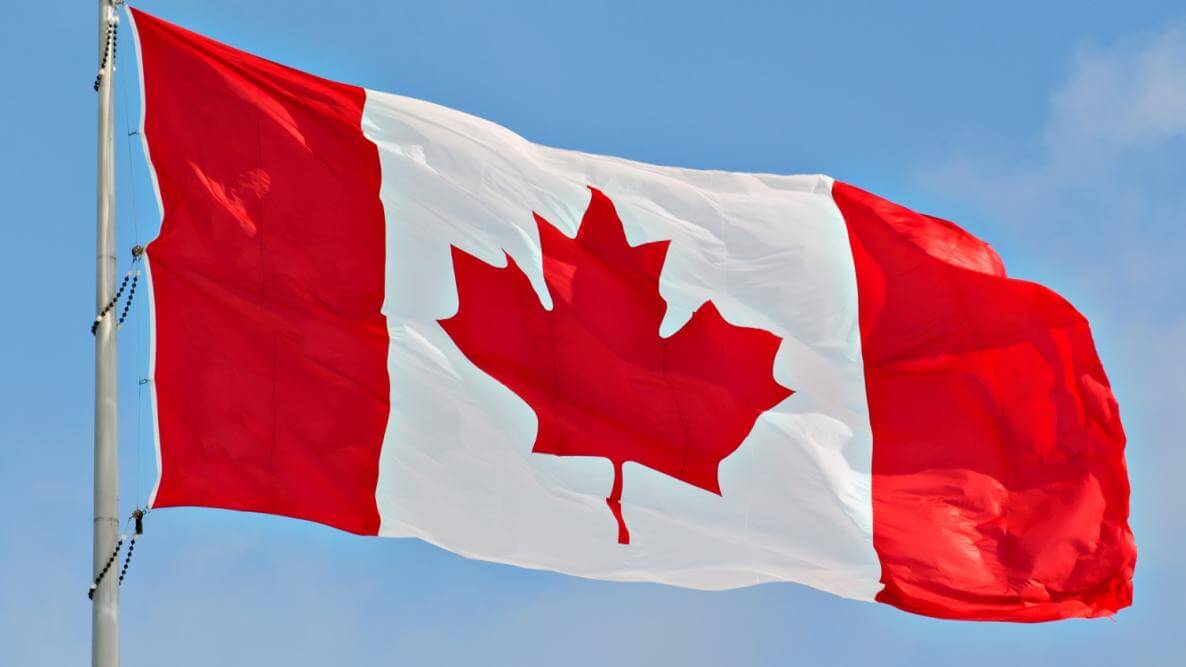
On July 1, 1867, the British Parliament brought the British North America Act into effect, creating independent Canada. The British colonies of Upper and Lower Canada, Nova Scotia and New Brunswick were unified through this act, and Canada became a country with two provinces: Quebec and Ontario. On June 20, 1868, Governor General Lord Monck signed a proclamation requesting all of Her Majesty Queen Victoria’s subjects across Canada to celebrate July 1. In 1879, a federal law was made to celebrate this day as a statutory holiday in Canada. This day was termed the anniversary of Confederation and was later called ‘Dominion Day’.
From 1879, Dominion Day was celebrated across Canada. However, many Canadians did not participate in the celebrations until 1917 as they identified as British citizens. Fortunately, the situation started to change in 1917 as Dominion Day marked its 50th anniversary and gained enormous popularity. In 1946, a bill to rename Dominion Day was forwarded in the House of Commons, but it was stalled due to disagreements over its new name. On the 100th anniversary of Canada’s creation in 1967, a genuine interest in Canadian patriotism and celebrations was notably observed. Even before it became official, citizens referred to this public holiday as Canada Day. Ultimately, in 1982, Dominion Day was officially renamed Canada Day.
Charismatic Canada Day Timeline
The Canada Day celebrations have been through their own set of events, presented below in the form of a timeline.
-
- July 1, 1867: The British North America Act created Canada. This act is also known as the Constitution Act of 1867.
- June 20, 1868: Governor General Lord Monck signed a proclamation to request all of Her Majesty Queen Victoria’s subjects nationwide to celebrate July 1.
- 1879: July 1 became a statutory holiday in Canada as federal law was made. The day was called the anniversary of Confederation and was later named ‘Dominion Day.’
- July 1, 1917: The 50th anniversary of the Confederation was celebrated across Canada. The Parliament buildings were dedicated to the Fathers of Confederation and to honour the bravery of Canadians who fought in Europe during the First World War.
- July 1, 1927: Canada celebrated the 60th anniversary of the Confederation. The Peace Tower Carillon was inaugurated, and Viscount Willingdon, the Governor General at the time, laid the cornerstone of the Confederation Building on Wellington Street.
- 1958 to 1967: The Canadian government organised official celebrations, and the Secretary of State of Canada coordinated the celebrations. The Canada Day celebrations typically included a flag ceremony on the lawns of Parliament Hill and a sunset ceremony followed by a concert of military music and fireworks.
- July 1, 1967: Canada celebrated the 100th anniversary of Confederation. A high-profile ceremony was organised at Parliament Hill, and Her Majesty Queen Elizabeth II participated.
- 1968 to 1979 (except 1976): Multicultural celebrations were organised at Parliament Hill, and the concert was broadcast across Canada. Moreover, Festival Canada included cultural, artistic and sports events held in the National Capital Region throughout July.
- 1980: A new format of celebrations was developed, and local celebrations were provided financial support under Celebrate Canada program.
- 1981: Fireworks lit up the sky in 15 major Canadian cities, and this tradition is practised even today.
- October 27, 1982: Dominion Day officially became Canada Day on this day.
- 1984: The National Capital Commission (NCC) was mandated to organise Canada Day celebrations in the capital.
- 2010 to 2017: A wide range of activities and festivities were organised nationwide to celebrate Canada Day. Canada celebrated its 150th anniversary of Confederation in 2017.
Fascinating Traditions of The Canada Day
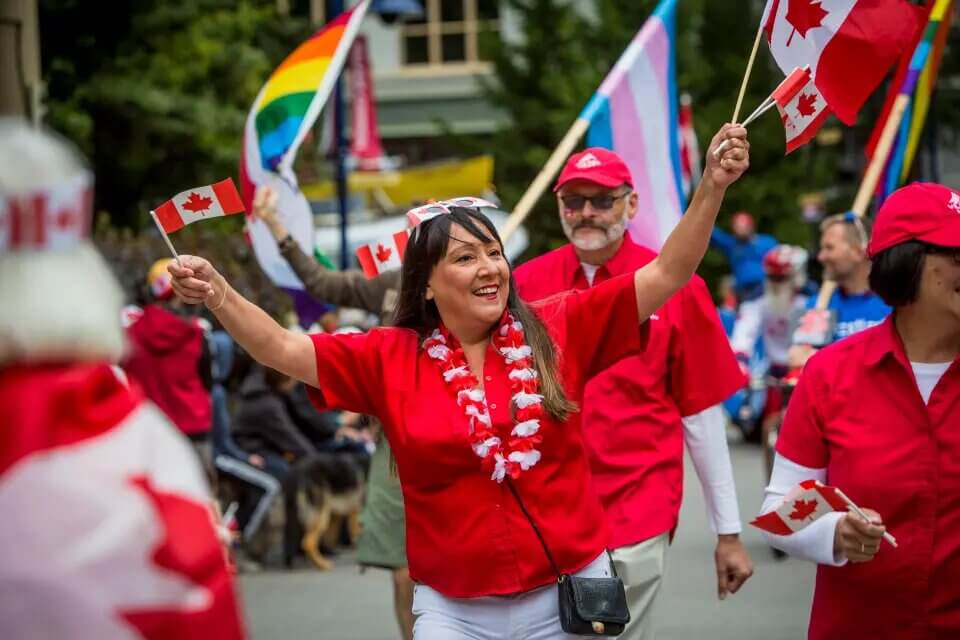
July 1 is a national holiday in Canada, and if it falls on a Sunday, it is moved to July 2, except in Nova Scotia, Newfoundland and Labrador. The main tradition of Canada Day is a parade wherein people participate with zeal. These parades are held in villages, towns and cities all over Canada and can be big or small depending upon their location and number of participants.
Many people paint their faces red and white, Canada’s national colours. They also wear clothes in a combination of red and white, have outdoor picnics with their loved ones, participate in artistic, cultural and sports events and enjoy the mesmerising display of fireworks in the evening after sunset. People saviour their taste buds on this statutory holiday in Ontario and the rest of Canada with the help of mouth-watering Canadian delicacies. Poutine, Baklava, and beaver tails are some of the most favourite Canadian foods sold in huge amounts across the nation or made at home with love.
In Quebec, Canada Day 2024 will also be a Moving Day, as many home leases will end on July 1, like every year. Hence, people will have to move their possessions from one house to another, and their Canada Day will be spent likewise. July 1 is celebrated as Memorial Day in the province of Newfoundland and Labrador in Canada. The day commemorates the loss of life in the Newfoundland Regiment on the first day of the Battle of the Somme in World War I. Every year on July 1, flags are flown at half-mast in Newfoundland and Labrador, and memorial services are usually held in the morning at war memorials. Canada day celebrations take place in the afternoon.
Delightful Canada Day Activities
Canadians celebrate Canada Day enthusiastically, and the day is full of vibrant activities. The Canada day celebrations are incomplete without the Canadian flag. May it be hung from a window, draped from the shoulders or painted on the face, patriotism is expressed through the display of the national flag.
Some of the Canada Day 2024 activities may include:
-
- Identify the Canadian symbols: Ask your children and teens to spot Canadian symbols like Maple leaves, beavers, lacrosse sticks etc.
- Canada 3D model: Print, cut and assemble the 3D paper model designed by aspiring designers. You can include Canada’s Parliament buildings or historical monuments in this model-making.
Canada day comes in the summer season, which gives a perfect opportunity for all the citizens to participate in various outdoor activities. The Canadian cities bustle with Canada Day parades and full marching bands and witness the sparkling and enchanting fireworks.
What Do People Do on Canada Day?
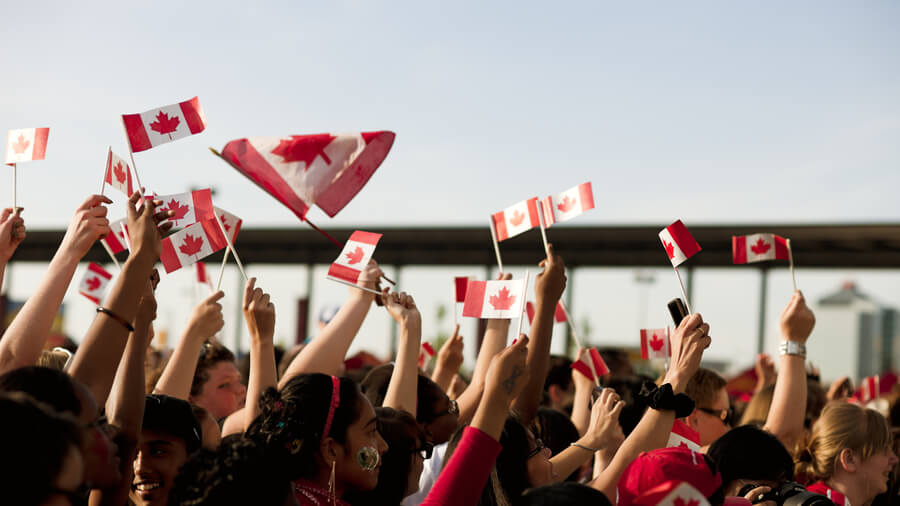
In 2024, Canada Day will be celebrated on Saturday, July 1. It is a public holiday, and as the holiday is on the weekend, the following Monday may be given as a day off instead. Similar to American Independence Day celebrated on July 4, Canada Day is a celebration of a united Canada and its creation and independence. People fly the Canadian flags across the country and celebrate this day with fireworks displays, concerts, parades, barbecues, and many other activities. Considering Canada’s bright and sunny weather in July, people normally indulge in outdoor activities. Ottawa, the capital of Canada, holds some of the best Canada Day festivities nationwide.
On this national holiday in Canada, all provincial governments, business organisations, post offices and schools are closed. Some bookstores, pharmacies and gas stations may remain open. However, streets are closed due to concerts, parades and festivals. Public transport services may operate to a reduced timetable, and in some areas where large-scale events are organised, extra transport services are provided.
Conclusion
Canada Day marks the glorious unification of the British colonies to form a diverse yet united nation like Canada and enlightens the country’s enthralling cultural diversity. The nation comes together on July 1 every year to sing the national anthem, participate in parades, concerts, and festivities, and keep patriotism in their hearts.
You May Also Read :
| Guide To Canadian Holidays | Canadian Holidays |
| Know All About Shrove Tuesday | Shrove Tuesday |
| Significance of Family Day Canada | Family Day Canada |
| Celebration of Groundhog Day | Groundhog Day |
| What is Louis Riel Day | Louis Riel Day |
Frequently Asked Question (FAQs)
Why is Canada Day celebrated?
Canada Day is celebrated every year on July 1 in honour of the formation of Canada.
How old is Canada this year, 2020?
Canada was 153 years old in 2020.
Is Canada Day like the Fourth of July?
Canada Day celebrates the country's unity and independence; hence, it is similar to how Americans celebrate the Fourth of July every year.
Why do we love Canada Day?
We love Canada Day as it commemorates Canada's historical, linguistic, artistic and cultural diversity and brings everyone closer to each other.
Is Canada Day a Public Holiday?
Canada Day, celebrated on July 1 every year, is a public holiday.

